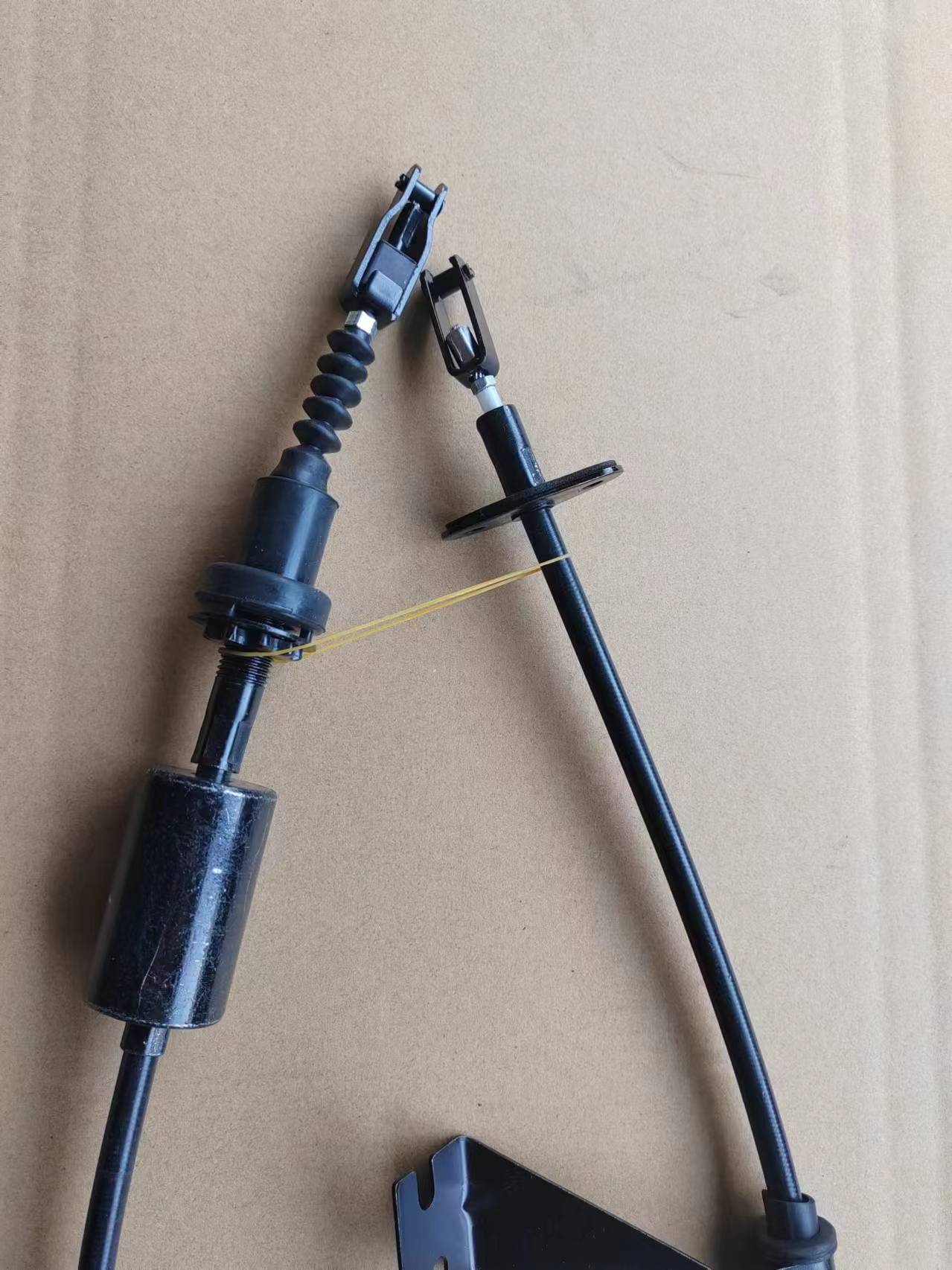cable gas pedal
Understanding the Cable Gas Pedal The Heartbeat of Automotive Performance
In the world of automobiles, the gas pedal plays a crucial role in controlling the vehicle's speed and performance. While modern vehicles largely rely on electronic throttle control, many enthusiasts still appreciate the simplicity and responsiveness of the traditional cable gas pedal. This system, once ubiquitous in automotive design, offers a unique blend of mechanical connection and driver engagement, making it a subject of interest for car lovers and engineers alike.
The cable gas pedal operates on a straightforward principle
. It connects the accelerator pedal to the throttle body via a flexible cable. When the driver presses down on the gas pedal, the cable pulls on the throttle, opening it and allowing more air and fuel to flow into the engine. This direct mechanical linkage creates an immediate response—offering the driver a tactile sensation that can be vital for those who crave performance and control on the road.One of the main advantages of a cable gas pedal is its simplicity. With fewer components and no reliance on electronic sensors or motors, this system is often seen as more reliable, particularly in performance applications. Enthusiasts and racers often prefer cable systems for their predictable and linear throttle response. This can be particularly important in high-performance situations, such as racing or spirited driving, where precise control over acceleration can make or break a lap time.
cable gas pedal

However, the cable gas pedal is not without its drawbacks. One issue that can arise is cable stretch over time, which may affect the responsiveness and accuracy of the throttle control. Additionally, environmental factors, such as dirt or corrosion, can lead to binding or sticking of the cable, further complicating the driving experience. As a result, regular maintenance and inspection of the cable system are vital for ensuring optimal performance.
With the rise of electronic throttle control, many modern vehicles have moved away from cable systems. Electronic systems offer advantages such as adaptive cruise control and engine management integration, allowing for smoother operation and better fuel efficiency. However, this shift has also led to a debate among car enthusiasts about the feelings of connection and engagement in driving. Many argue that cable systems provide a level of feedback and involvement that electronics cannot replicate.
In conclusion, the cable gas pedal remains a significant aspect of automotive engineering, revered by those who value mechanical simplicity and direct control. While modern advancements may favor electronics in many applications, the nostalgic appeal, reliability, and tactile engagement of the cable gas pedal continue to earn it a special place in the hearts of automotive enthusiasts. As technology continues to evolve, the traditional cable system serves as a reminder of the visceral connection between man and machine, keeping the spirit of driving alive for generations to come.
-
Workings of Clutch Pipe and Hose SystemsNewsJun.04,2025
-
The Inner Workings of Hand Brake Cable SystemsNewsJun.04,2025
-
The Secrets of Throttle and Accelerator CablesNewsJun.04,2025
-
The Hidden Lifeline of Your Transmission Gear Shift CablesNewsJun.04,2025
-
Demystifying Gear Cables and Shift LinkagesNewsJun.04,2025
-
Decoding Clutch Line Systems A Comprehensive GuideNewsJun.04,2025
